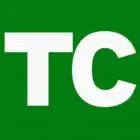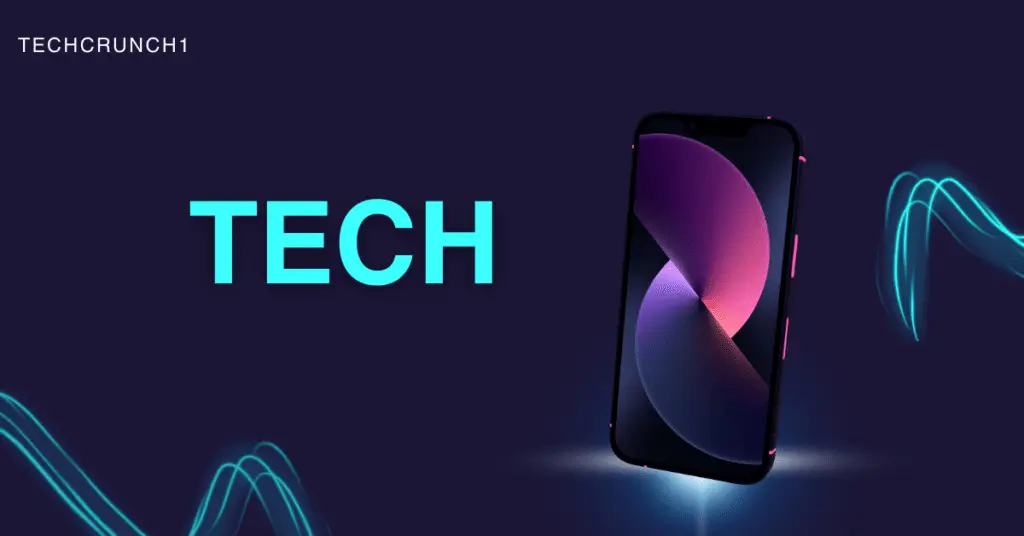How to Use G15ToolTech (A Practical Beginner Guide)
The app works like a simplified operating desk for both personal and collaborative tasks. It holds project boards, reminders, shared updates, and quick automation features inside a lightweight interface. I use it on mobile as well, so I can keep track of everything on the go. Instead of switching apps every few minutes, I keep my tasks parked in one clean space. The experience feels more controlled and less scattered.
G15ToolTech features explained in a real-world context
Instead of a technical breakdown, I prefer looking at how each feature fits into regular use:
Task Boards
I use these to map any workflow. A board can represent a class, a job block, a routine, or a longer goal. I arrange tasks inside it like cards, which makes the setup visual and easy to scan.
Status Tracking
I drag tasks from “to-do” to “active” to “done.” This keeps me conscious of progress instead of forgetting half-finished work.
Scheduling Layer
I attach reminders and quick timers to tasks if needed. I can also plan ahead by assigning start times and deadlines.
Notes and Files
I anchor mini documentation right inside a task. This means I do not wander through folders later just to remember context.
Mobile Sync
I carry it with me. If I am outside, I still know what comes next without opening a laptop.
These features work better together than individually. The flow feels natural once I start using it regularly.
How G15ToolTech works during daily planning
I open the app in the morning, check my board, and begin with what holds the most value for the day. I update priority if any task changes weight. If something needs a reminder, I attach it. If something grows beyond a simple entry, I expand it with details and attachments. I rarely lose track of anything now, because the system itself becomes my visual memory.
By using drag-and-drop style movement, tasks feel alive instead of stuck in a text list. This keeps attention more sharply focused. It also helps me pick up where I left off.
G15ToolTech tutorial in a step-based format
This is how I usually introduce the tool to beginners:
- I start with a new board.
- I name it according to the project or category.
- I add three base columns: pending, running, and done.
- I drop tasks into the pending column.
- I move a task to the running column once I begin it.
- I hold files or notes inside that task card.
- I drag the card to done when I complete it.
Even someone who has never used planning software before can follow this rhythm. It stays intuitive.
My personal setup for mobile
I use the mobile app as my quick access panel. Whenever a new task hits my mind, I drop it inside the board before it slips away. I do not build huge structures on mobile; instead, I treat it like a capture tool. Later, when I sit down at a larger screen, I fine-tune and organize. This pairing makes the process flexible.
I also like how syncing feels seamless. I do not have to re-enter anything manually. The same workspace follows me everywhere.
Building a system inside G15ToolTech
The app works best when I treat each board like a mini environment. One board for work, one for learning, one for goals, and one for planning. Each board contains stepping stones that move forward day by day. Nothing bunches together. Nothing gets buried.
Instead of being overwhelmed by piles of information, I move through structured steps. Every task feels smaller and easier to finish. Productivity turns into a rhythm instead of a fight.
Managing work and memory inside a single desk
The biggest benefit for me is clarity. I do not have to remember every step in my head. The app acts like my personal anchor. It holds unfinished ideas until I am ready to return and complete them. It keeps long-term focus intact, even when I take breaks.
Before I used this structure, I often forgot half my plans or scrambled between apps. Now everything sits in one container that stays easy to update. The less friction I feel, the more I finish.
Turning G15ToolTech into a planning habit
I check my boards the way some people check a daily planner. It becomes a habit through repetition. When everything lives in one workspace, I do not jump around for answers. I open the board, and I know exactly what matters right now. This helps me avoid scattered attention and half-started tasks.
Consistency builds momentum. The more I update it, the more accurately it mirrors my real progress.
How I expand usage as tasks grow
Some tasks grow into micro-projects. When this happens, I add subtasks or attach files. The board becomes a miniature control room for that idea. I can layer research, drafts, links, or notes directly inside it. Nothing stays external. The structure evolves with the work itself.
This layered style is what separates a temporary planner from an actual system. The moment a workspace holds depth, it becomes useful long-term.
Why this tool fits daily life
The tool supports both small and large tasks. Some days I use it for simple routines. Other days I use it for wider projects. It scales naturally. I do not have to switch platforms once my workload grows. This makes it more dependable, because I know my planning home will not change later.
I also feel less overwhelmed. Breaking a workload into movable pieces creates a clear track. The board shows what is active and what is finished. The progress feels visible, not imagined.
Using G15ToolTech as a personal roadmap
I treat the app like a living timeline. It tracks the past, the present, and the next move. If I ever lose placement, I glance at the board, and everything resets mentally. I know exactly where to continue. There is a calmness that follows structure. Productivity stops fighting with uncertainty.
This is how I maintain long-term momentum without burning out. I use the space as a mind extension rather than a strict tool.
Final thoughts on daily use
The strength of G15ToolTech is not just its feature list. The real power is its simplicity. I can start small, grow gradually, and keep working without losing control of the workflow. It replaces multiple scattered tools with one reliable desk. I do not feel crowded by options or buried under menus.
This is why I continue using it daily. The longer I use it, the more natural it feels as part of my routine.



